Interested in interface between humans and aerospace technology? Watch this video of Prof. Karen Feigh discussing the Human Factors specialty area.
What is an Aerospace Engineering Specialty Area?
Every aerospace engineering major has unique career objectives - from designing cubesats to developing smart materials for industry or teaching the next generation of engineers. The AE School has created a set of 10 AE specialty areas to help you tailor your educational experience to meet those goals. Each of the following 10 specialty areas offers suggestions for specific options and elective courses that will complement your ultimate career and educational goals. Working with your advisor, you can use these suggested frameworks to design the educational experience that works best for you.
The ten AE specialty areas listed here are not concentrations, minors, or requirements. They will not be stamped on your diploma. They are suggestions, developed by AE faculty, employers, and the Aerospace Engineering School Advisory Council (AESAC) to guide your course choice or to begin a conversation with your advisor about which courses are right for you.
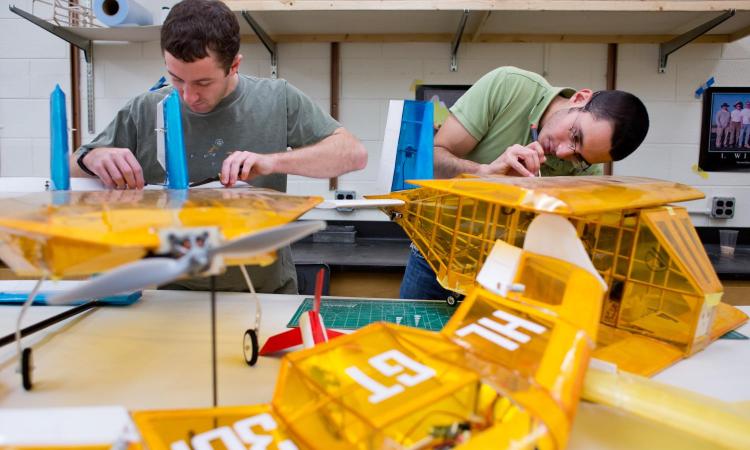
Aeromechanics (Aerodynamics, Aeroelasticity, Structures) Area
For AE majors who want their degree to reflect their interest in the motion of the air and vehicle response, including aerodynamics, acoustics, aeroelasticity, handling qualities, and structural dynamics. Employment opportunities include all three vehicle types: fixed-wing, space vehicles, and rotorcraft. Here are the classes (pdf).
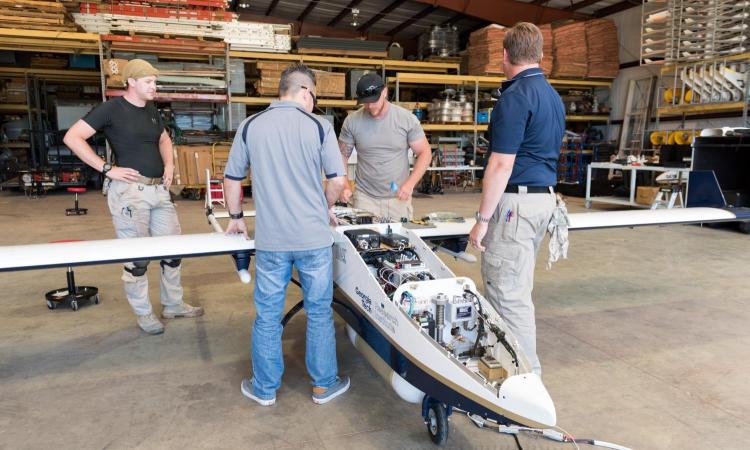
Aircraft Flight Dynamics Area
For AE majors who want their degree to reflect their interest in the analysis and design of algorithms, sensors and actuators that enhance the stability and performance characteristics of flying vehicles. Here are the classes (pdf).
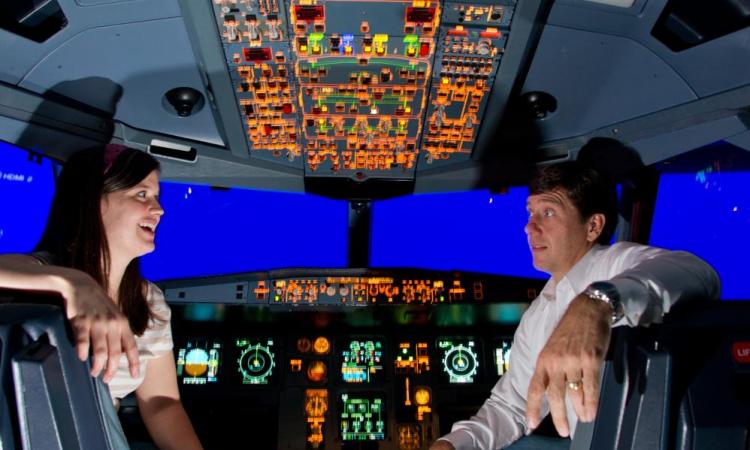
Controls Area
For AE majors who want their degree to reflect their interest in developing a deep math-based foundation of dynamic behavior and automatic control of aerospace systems. Here are the classes (pdf).
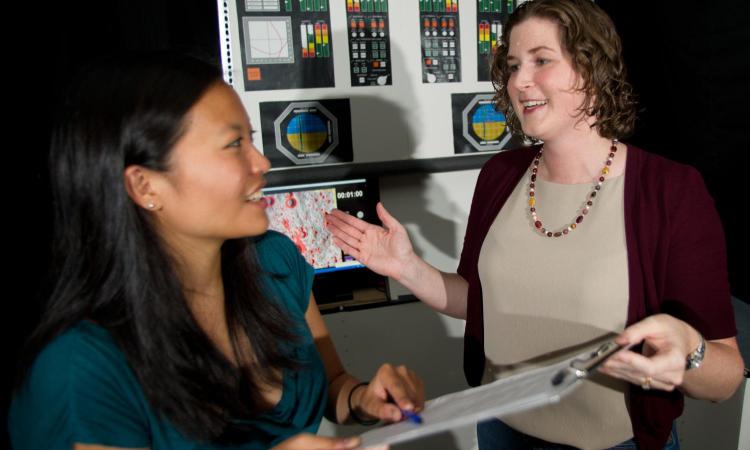
Human Factors Area
For AE majors who want their degree to reflect their interest in focusing on the human experience when designing new technology. Here are the classes (pdf). | Watch the video
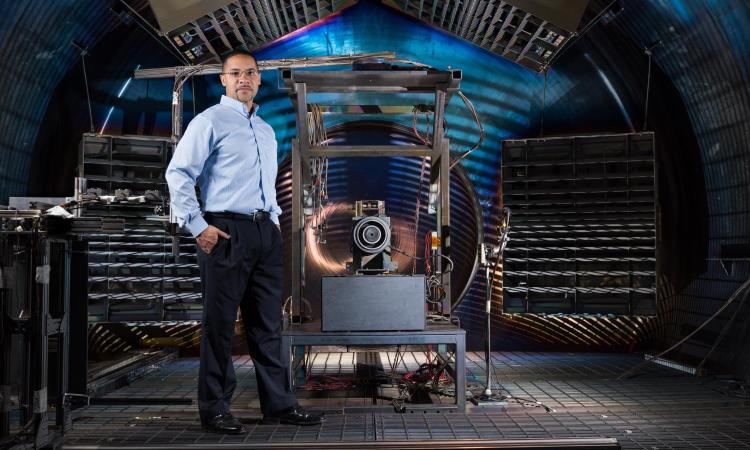
Propulsion Area
For AE majors who want their degree to reflect their interest in developing a foundation in gas dynamics, combustion, and heat transfer so they might explore the complex systems that compose modern propulsion devices and energy systems. Here are the classes (pdf).
Rotorcraft or Vertical Flight
For AE majors who want their degree to reflect their interest in vehicles capable of vertical take-off and landing, including both manned and unmanned (UAV, UAS) concepts. These course offerings are also pertinent to students exploring the wind and wave energy sectors. As GT-AE leads one of the three national Vertical Lift Research Centers of Excellence (VLRCOE), employers such as Bell, Boeing, Sikorsky, Airbus, Uber, etc. specifically seek out our graduates, with a strong employment record. Here are the classes (pdf).
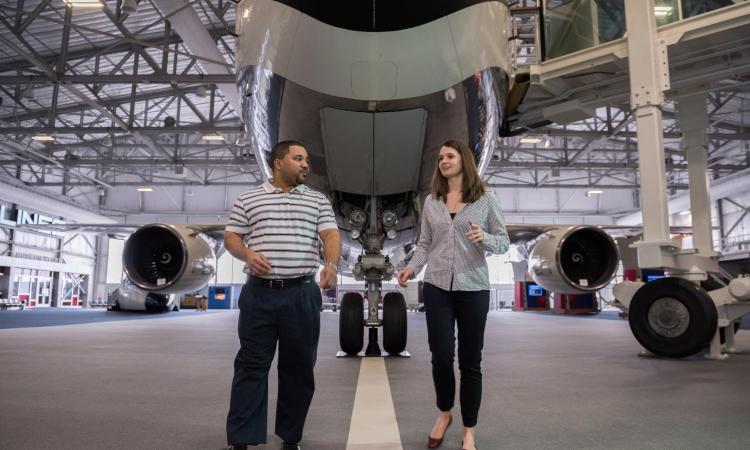
Space and Entrepreneurship Area
For AE majors who want their degree to reflect their interest in working in the commercial space industry by emphasizing innovation, company formation, and the role of commercialization in technology. Here are the classes (pdf).
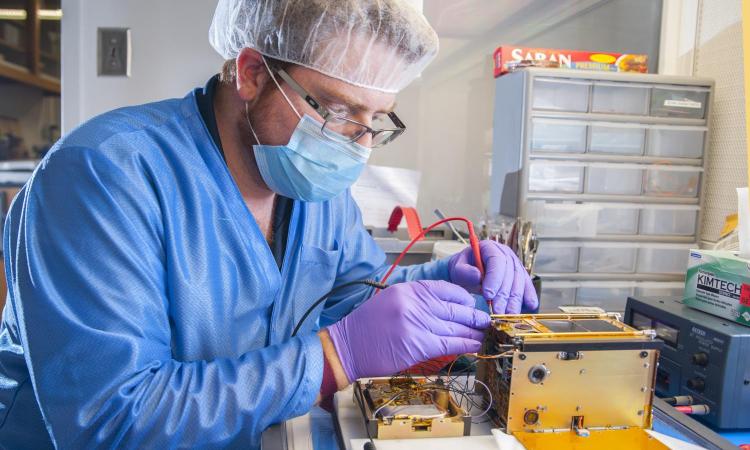
Space and Science Area
For AE majors who want their degree to reflect their interest in becoming modern scientists/engineers by emphasizing topics in both spacecraft engineering and space science applications. Here are the classes (pdf).
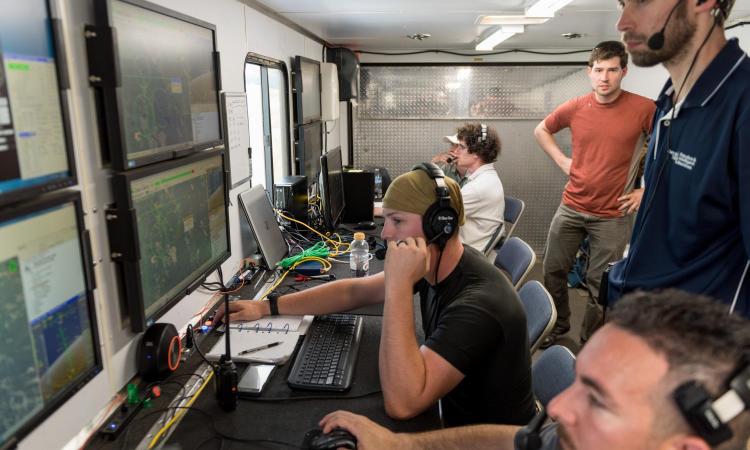
Space and Technology Area
For AE majors who want their degree to reflect their interest in the latest methods of spacecraft engineering, the current issues, and the role of space in society. Here are the classes (pdf).
(text and background only visible when logged in)

Spacecraft Dynamics Area
For AE majors who want their degree to reflect their interest in developing a deeper math-based foundation of vehicle dynamics, classical orbital mechanics, and applications. Here are the classes (pdf).